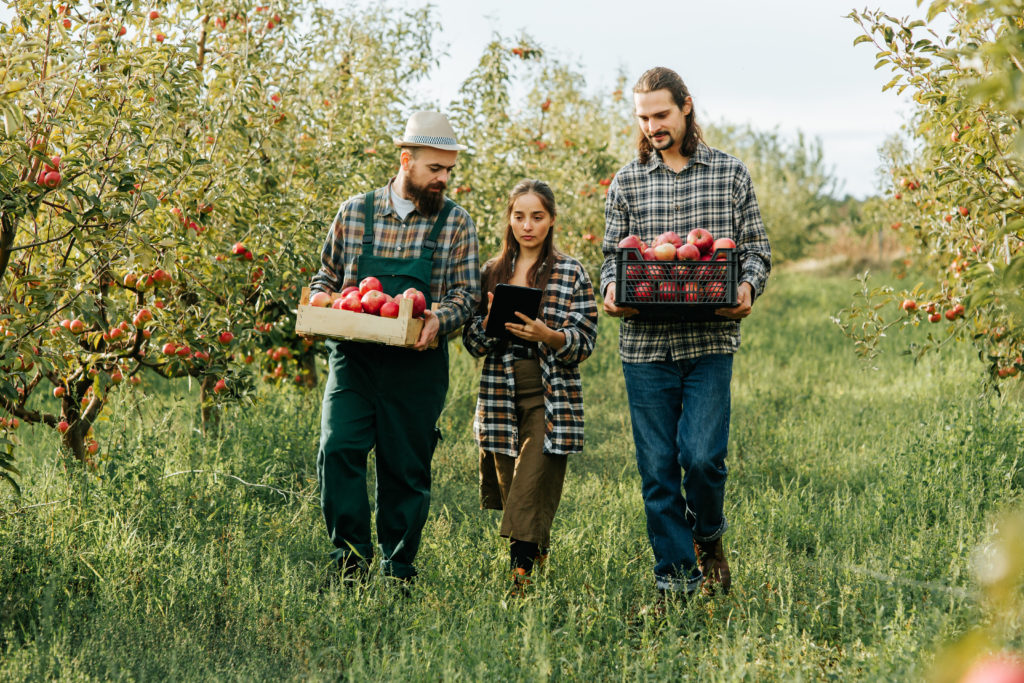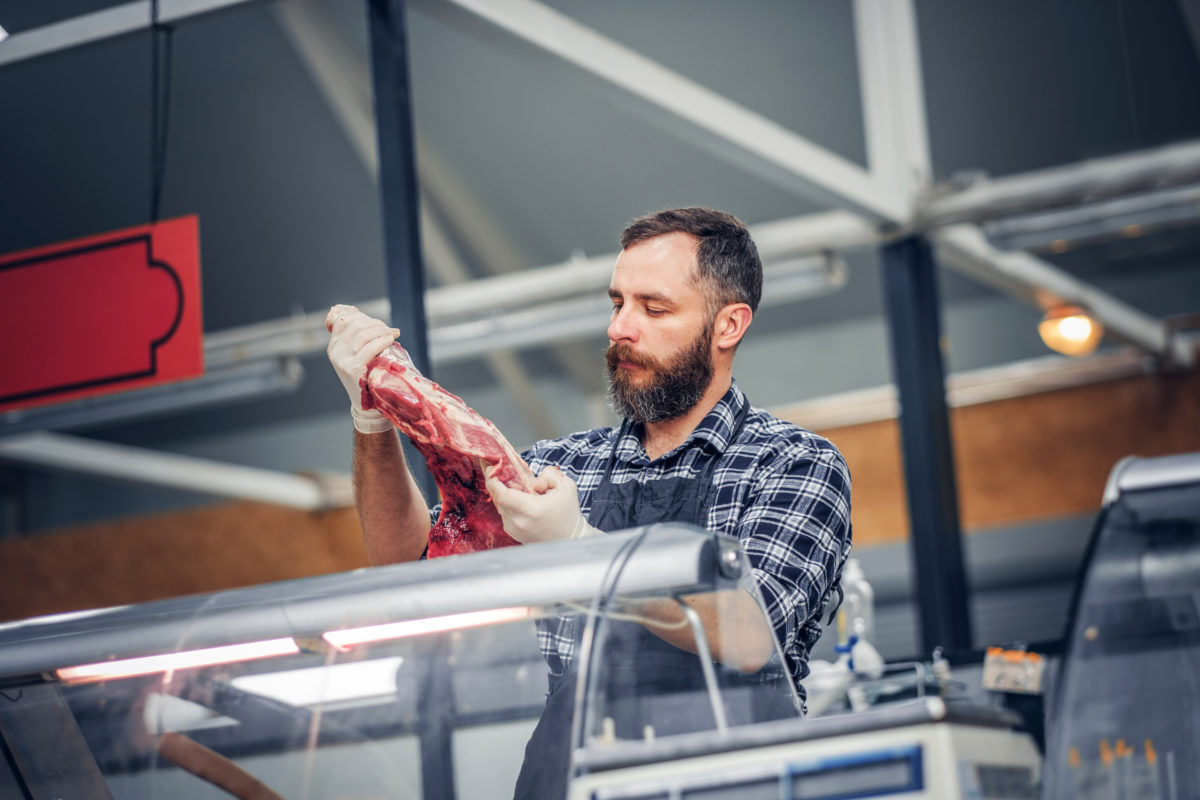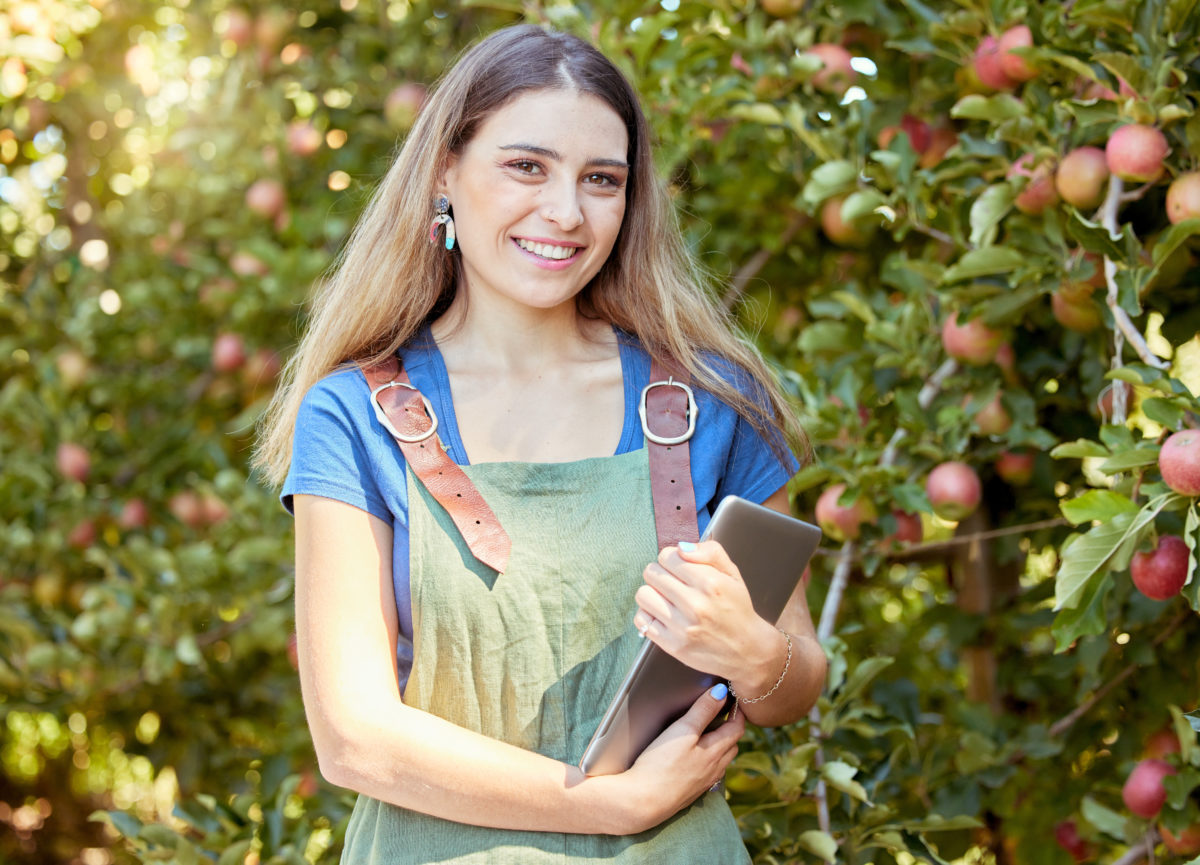In spring, European apple orchards burst into life, transforming into seas of delicate white and pink blossoms. But this beauty isn’t merely decorative — it signals the critical stage where potential fruit is determined. Known as “the bloom stage,” this window is essential: without successful pollination, there can be no apple!

Timing: Syncing Blossoms and Bees
Apple trees generally bloom for just a few days in spring, and only during this precise period are their stigmas receptive to pollen. Bees—both managed honey bees and wild species—must visit within this limited window for fertilisation to take place1.
In Europe, orchard managers closely monitor weather conditions—such as temperature, wind, and sunshine—to ensure bloom aligns with peak pollinator activity. A chilly morning without flight-ready bees or a sudden storm can seriously reduce pollination rates.
Bees and Beyond: Encouraging a Diverse Pollinator Community
Although honey bees (Apis mellifera) remain common in orchards, recent European Commission research underscores the vital role of wild pollinators. One study notably found wild bees were as effective, if not more so, in pollinating apples, while also enhancing fruit quality2.
The European Environment Agency further highlights that while honey bees are managed, wild pollinators—such as bumblebees, hoverflies, butterflies, moths, beetles, and solitary bees—provide pollination services of equal economic value, estimated between €5–15 billion per year3.
Designing Pollinator-Friendly Orchards
Growers are proactively creating environments that support pollinators:
- Flower strips and hedgerows planted between and around orchard rows provide food and shelter for wild bees, hoverflies, and other pollinators4.
- Adjusting pesticide use: Farmers avoid spraying during bloom to protect pollinators, and select bee-friendly alternatives whenever possible.
- Optimised orchard layout: Mixed varieties and compatible polleniser trees (like crab apples) are strategically placed to encourage cross-pollination across rows.
This ecological approach is reinforced by EU CAP-Network and Farmers’ Hub programmes, which provide best-practice guides to support diverse pollinator communities on European farms5.
Managed & Precision Pollination
In managed orchards, beekeepers place honey‑bee hives to supplement pollination activity. Still, the European Court of Auditors reminds us that boosting wild-pollinator habitats is often more sustainable in the long term.
On the cutting edge, “precision pollination” systems are emerging — integrating digital monitoring with hive placement to fine-tune timing and coverage during full bloom6. Though still experimental, these methods hint at an even smarter, data-driven future for orchards!
Wild Bees: Pollination’s Unsung Champions
The EU-funded STEP project and others highlight how wild pollinators buffer against honey‑bee shortages. One study showed that in orchards near mass‑flowering crops like oilseed rape, wild bees maintained or increased their presence—even when honey‑bee visits declined7.
This resilient biodiversity enhances yield stability and reduces dependence on managed hives — a key advantage as climate change and diseases threaten bee populations .
Policy Support: The EU Pollinators Initiative
Europe’s commitment extends beyond orchards: the EU Pollinators Initiative (first launched in 2018; revised in 2024) aims to reverse wild-pollinator decline by 2030 through data collection, habitat protection, and policy alignment across agriculture, forestry, and urban planning8.
Additionally, EFSA’s new Pollinator Hub (2025) allows farmers, beekeepers, and researchers to share data on hive health, wild-pollinator trends, landscape features, and more—fostering collaboration to safeguard pollination services .
Conclusion – Where Bloom Magic Meets Modern Stewardship
Pollination in European apple orchards combines natural wonder with practical technique. That flutter of wings across blossom-laden trees is both poetic and pivotal — the essential spark between flower and fruit.
Farmers support this dance through thoughtful planning—by protecting wild pollinators, timing everything to nature’s rhythm, and exploring new techniques. This is how every European orchard ensures not just quantity, but flavour and integrity in each apple!
1 https://www.eca.europa.eu/lists/ecadocuments/sr20_15/sr_pollinators_en.pdf
4 https://conbio.onlinelibrary.wiley.com/doi/10.1111/csp2.13280
5 https://eu-cap-network.ec.europa.eu/publications/creating-farmland-homes-wild-bees_en
6 Manzoor, S.H., Zhang, Z., Yu, S. (2025). Precision Pollination in Apple Orchards: A Pollination Model for Calculating Importance of Apple Flowering Stages for Yield Maximization. In: Zhang, Z., Zhu, D., Zuo, C., Han, B., Liu, P., Wang, Z. (eds) Apple Production Technologies: From Laboratory to Practical Applications. Smart Agriculture, vol 12. Springer, Singapore. https://doi.org/10.1007/978-981-96-5747-6_4
7 https://opendata.uni-halle.de/bitstream/1981185920/81886/1/1-s2.0-S0167880921000876-main.pdf
8 https://environment.ec.europa.eu/topics/nature-and-biodiversity/pollinators_en







